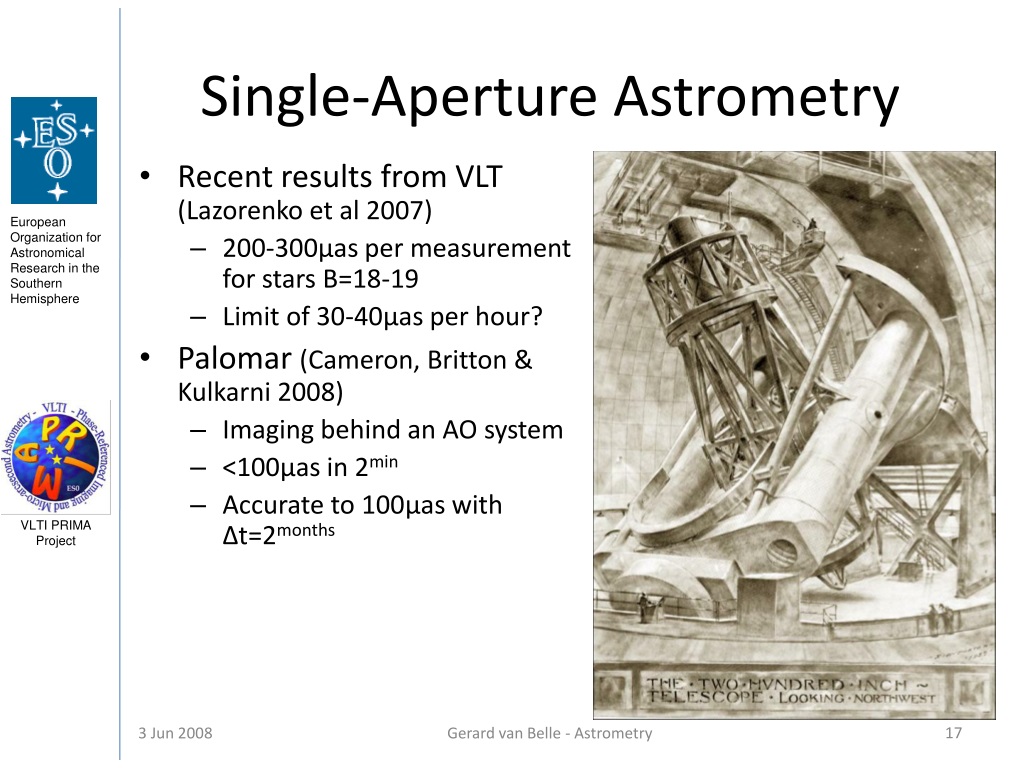
Review of the hardback: 'This book by Michael Perryman, one of the prime actors of the Hipparcos mission, is a very impressive presentation, putting into context all of the breakthroughs made using the Hipparcos and Tycho data. Standing on the eve of the next-generation astrometric projects we should be grateful to the author for providing us with such a source of inspiration.' Sergei Klioner, Lohrmann Observatory, Dresden Technical University, and President of IAU Commission 52 'Relativity in Fundamental Astronomy' It helps to raise awareness for astrometry in the astrophysical community. This book summarizes, in an elegant and clear way, the whole legacy of the Hipparcos results. Review of the hardback: 'The Hipparcos catalogue has completely redefined the discipline of astrometry and converted it into a new source of astrophysical information. There is no equivalent in astrometric literature.' Erik Hg, ESA Science Team member for Hipparcos and Gaia satellites (1975 to 2007) That is of course what we could expect from this author, but to see the book in reality is a great pleasure. It is comprehensive and meticulously correct in all details of content and form, so it appears after days of reading. Review of the hardback: 'This is a very fine book, bound to become a classic on astrometry and its applications. Bravo, Bravo!' Jean Kovalevsky, Observatoire de la Cte d'Azur and author of Fundamentals of Astrometry Michael Perryman has done a tremendous work for which I have an enthusiastic admiration. Review of the hardback: 'I am amazed by this book's completeness - it is really THE 'Hipparcos Encyclopedia'. Each chapter ends with comprehensive references to relevant literature. It contains a detailed overview of the Hipparcos and Tycho Catalogues, their annexes and their updates. It reviews the applications of the data in different areas, describing the subject and the state-of-the-art before Hipparcos, and summarising all major contributions to the topic made by Hipparcos. This authoritative account of the Hipparcos contributions over the following decade is an outstanding reference for astronomers, astrophysicists and cosmologists. Amongst the key achievements of its measurements are refining the cosmic distance scale, characterising the large-scale kinematic motions in the Solar neighbourhood, providing precise luminosities for stellar modelling, and confirming Einstein's prediction of the effect of gravity on starlight. This sensor was calibrated in order to measure the CO 2 radiations at 2.8 µm and 4.5 µm at the entry of EXOMARS in the Martian atmosphere.The Hipparcos satellite, developed and launched by the European Space Agency (ESA) in 1989, was the first space mission dedicated to astrometry - the accurate measurement of positions, distances, and proper motions of stars. In the case of the EXOMARS project, Le Verre Fluoré developed a fiber optic temperature sensor. The main scientific objectives of astronomers are the detection of habitable super-Earths around low-mass stars and the study of the magnetic topology of primal stars. Those fibers are now integrated in a near infrared spectropolarimeter and a high precision velocimeter. In the case of the SPIRou project, ultra low loss fluoride optical fibers and unique octagonal fluoride fibers were required. SPIRou (Near-Infrared Spectropolarimeter for the 3.6 m Canada France Hawaii Telescope):.Thanks to this system, astronomers can now observe blackholes with a higher resolution. In the case of the GRAVITY project, unique low birefringence fluoride fibers, combining very low attenuation and dispersion, had to be designed and integrated in a system including a delay line and a polarization rotator.

GRAVITY (second-generation very large telescope instrument for precision narrow-angle astrometry and interferometric imaging):.Those fibers are integrated at Mauna Kea Peak (Hawaii) and are used to recombine 7 telescopes together. Pairs of 300 m fibers segments had to exhibit very low differential chromatic dispersion. In case of the OHANA project, 300 m segments of very low attenuation ZBLAN low birefringence single mode fibers had to be drawn. OHANA (Optical Hawaiian Array for Nanoradian Astronomy):.FLUOR (Fiber Linked Unit for Optical Recombination).AVIRIS (Airborne Visible InfraRed Imaging Spectrometer).Laser generation and amplification fibers.


 0 kommentar(er)
0 kommentar(er)
